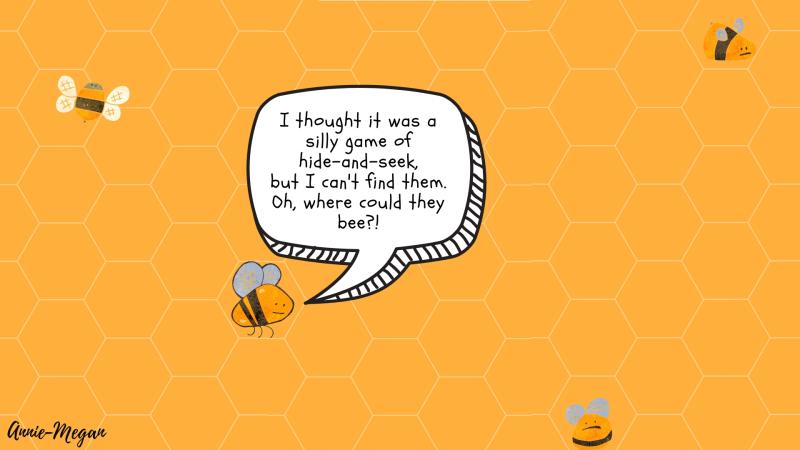
Imagine you come home to your city and find no one! While it isn’t very probable in human societies, a similar phenomenon called colony collapse disorder is often found in honeybees. Here, worker bees mysteriously start disappearing from their hives, and that leaves no one to do the housekeeping, nursing and foraging. Hence, the honey bee colonies start collapsing.
First reported in 2006, this disorder had started engulfing a significant proportion of beehives in North America and some parts of Europe. It was given various names like ‘spring dwindle’, 'May disease', 'autumn collapse' and 'fall dwindle' disease. The name ‘colony collapse disorder’ was given to this phenomenon in 2007. So far, scientists are unable to pinpoint the exact cause for this disease. However, it is thought that a synergic effect of various reasons like stress related to environmental change, bee trafficking, immunodeficiency, mites, pathogens, pesticides such as neonicotinoids and genetically modified crops could be behind this strange disorder.
Varroa destructor is a type of mites that act as an external parasite in bee colonies. Scientists have found a higher presence of these mites in collapsed colonies of bees. They also accelerate the replication of various other viruses. Another reason might be Nosema apis, an endoparasite that feeds on bee lymph. Observations of naturally infected colonies in Spain suggest that it leads to colony collapse.
Pesticides, particularly a new class of pesticides called neonicotinoids, used against sucking and some chewing insects, have been suspected as a contributor to colony collapse disorder. These insecticides are particularly problematic because they get into all tissues of the plant, including the nectar and pollen that bees collect. This ‘poisoning’ means that not just the bee collecting the nectar but also other bees in the hive could be affected by the compound, leading to colony collapse with more individuals affected.
The increase in the occurrence of the colony collapse disorder around the world has been a matter of significant concern as we depend on the pollination services of bees to source one-third of all our food. If bees were to disappear and we had to manually pollinate crops that would cost us millions of rupees to hire manual labour while simultaneously being less efficient!





